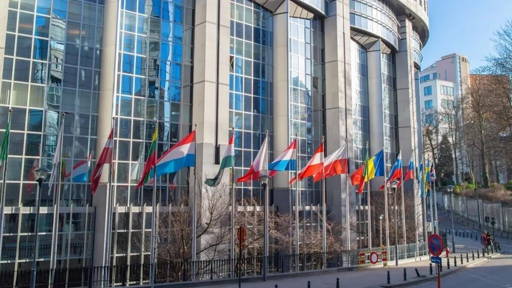In May 2022, European Commission presented a regulation to set up the European Health Data Space (EHDS). The EHDS aims to support the use of health data for better health delivery (primary use of data) and promote harnessing the power of health-related, anonymized data for research purposes (secondary use of data).
One of the most critical questions is: What does a successful EHDS look like, and how can we balance access to data with privacy and data safety?
The challenge is to address data ownerships legal but also emotional aspects. Even if the legislative framework is in place, the emotional facet of data-sharing can create some barriers that are difficult to break.
"Data ownership can be compared to owning books – it's not about books but the hard-to-capture value behind it: knowledge, feelings, and memories," said Petra Wilson, co-founder and managing director of Health Connect Partners.
For everybody, data have different values since it's a multi-dimensionally private asset. So, are people ready to share it? Yes, because their health is at stake.
Your health is where your data are
According to Wilson, EHDS is a big step forward, but to make it work, we need strong partnerships to build trust and investments in infrastructure to ensure scalability and useability. It also means interoperable EHRs and other data sources, the use of wide data sets (including ambient and social data), data contribution by patients (apps, wellness tools, wearables), and an ethical approach to data processing by healthcare stakeholders. And last but not least – support from the healthcare professionals.
Mike Morrissey, Chief Executive Officer of the European Cancer Organisation, is convinced that better use of the data needs trust, and stakeholders will have to work together closely. In his opinion, GDPR – no matter how many benefits it brings – is, on the other hand, a barrier to data sharing. Even if data processing is allowed due to GDPR, the doubts, misunderstandings, and fear of consequences create altogether an invisible blockage impacting the overall acceptance for opening the data for secondary use. "Healthcare stakeholders used to work in silos. And only data can break through these silos," concludes Morrissey.
Michele Calabrò, Director of EUREGHA, also agrees that GDPR will be a problem regarding the implementation of EHDS. Although we managed to break the first data silos – for example, by introducing the European Reference Networks for Rare Diseases – it's not enough if we head to a fully integrated health system supported by patient engagement and seamless data flow within the European health system. "We have to make use of the data that we already have in order to show the benefits."
"Give the patients access to their data"
However, the fact is that these kinds of discussions have already been held for years, and in fact, nothing has changed. "The reality is that patients have to face fragmented providers and fragmented care. And this is really frustrating," said Tessa Richards, Senior Editor at the British Medical Journal (BMJ). In her view, the only way to get out of the impasse is to give patients full access to their health data. Well-informed patients, empowered with data, can make better health-related decisions.
They know best whom to provide access to Electronic Patient Records. "In terms of data sharing, we still decide for patients. And it's a wrong approach," assumes Richards.
Although there are concerns regarding the digital divide in this approach, some case studies show how to address them. For example, in some communities, digital health mentors working in social care centers help the elderly to get familiar with digital tools. Thus, the digital gap is not something that is there and can't be solved. First, we have to define the vulnerable groups and support them.
EHDS should become a priority for the EU
"We have structures and digital solutions in place to start using data in order to address all the challenges healthcare is facing," according to Birgit Beger, CEO of the European Heart Network.
But, so far, we have failed to define the goals and public interest of data processing. "If we don't know where we are traveling, we never achieve the final destination," added Berger. One of these goals is evidence-based medicine and equity in healthcare. "Data can be used to fuel research in life sciences. After the outbreak of the COVID-19 pandemic, we know that it's crucial", she concludes.
The panelists called to make the EHDS the priority of the European Commission in the upcoming years: Calabrò mentions that EHDS should be the number one vision for the EU, much more than just a proposal as it's the care now; Morrissey said we have to finally "smash the silos," and Richard reminded us that full access to health information is the patient's right.
"Access to data improves outcomes and literacy. It is a prerequisite to shared decision-making that could reduce some of the costs in the health system," assumes Richards.
EHDS will undoubtedly be one of the most critical shifts in healthcare, shaping how care is delivered for decades. But we have to get it right and not repeat the mistake made with GDPR, which was implemented for a good purpose but also missed the point.





